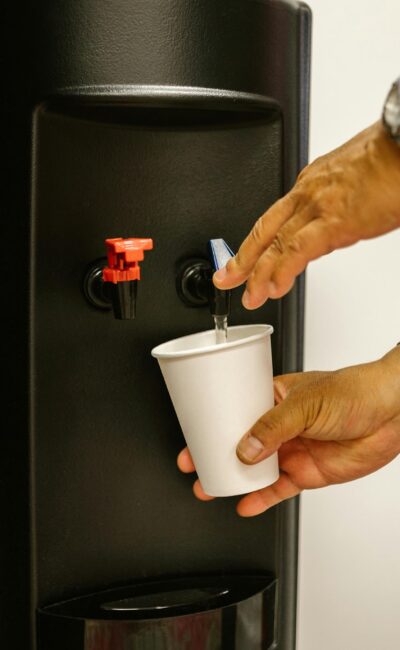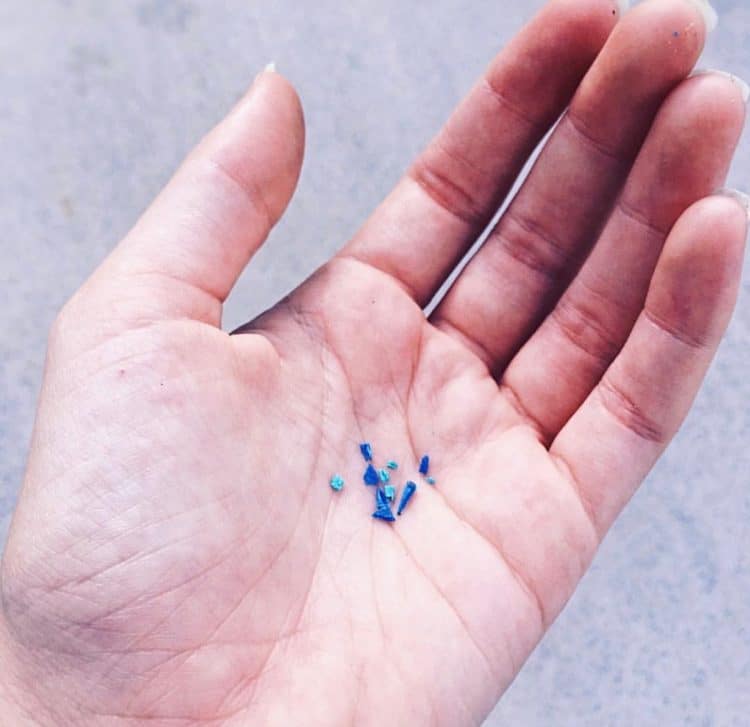Maintaining good health for students is an effort that requires year-round planning. It involves exploring the key areas that affect students in the classroom as well as challenges they may be dealing with in the outside world. It also should take into account how these needs change over time.
From an early age, the idea of eating a balanced diet, maintaining regular exercise, and receiving plenty of sleep is a typical recommendation. However, jam-packed schedules and increased stress of school can easily disrupt the routine. Nonetheless, children and young adults are experiencing important physical and mental development milestones, which makes maintaining a healthy lifestyle all the more important.
It is up to administrators, instructors, and coaches to help implement a healthy lifestyle for students as they try to balance the constant changes in their environment. By providing a healthy and secure base, students can feel the support necessary to succeed. Here are eight tips for how to maintain good health for students and give them the resources they need for their well-being.
1. Offer Nutritional Variety
Food is a basic necessity of life and often, two of the three meals a day are spent at school. Students often have easy access to junk food vending machines, fast food cafeteria options, and plenty of sugary sodas and beverages throughout the day. This makes the purposeful choice of eating fruits and vegetables and drinking water a challenge, especially when these options are scarce.
To make it easier for students to choose healthier food options, make it as convenient, accessible, and affordable as possible. Stock vending machines and snack areas with trail mix, veggie packs, and fresh fruit instead of the regular chips and candy. Also, consider healthier menu options in campus cafeterias and student unions like salad bars and vegetarian dishes to offset any fast-food offerings. Nutrition is a crucial factor for health. When students have nutritional options available, it encourages small changes that can make a big impact overall.
2. Provide Dietary Services
Though it’s possible to curate the types of food available, building a healthy routine for students isn’t about deprivation or banning certain foods. Rather it’s centered around highlighting good nutrition and the value of whole foods and a balanced diet for their well-being.
Consider offering nutritional services that allow students to work one-on-one or in group settings with dieticians or nutritionists. It can help build healthy eating habits and avoid extremes such as skipping meals or overindulging. The result feels rewarding versus punishing as it educates and empowers students to make the best choices for themselves.
3. Supply Fresh, Filtered Water
In addition to balanced nutrition, drinking plenty of water is another basic need of student health. Sodas, sports beverages, and energy drinks all contain high sugar and calorie counts. Whereas, water helps to hydrate the body, which boosts physical and mental health and wellness. Good hydration has been linked to improvements in body temperature regulation, sleep quality, physical performance, and focus, all of which are beneficial for student learning and development.
The FloWater Touchless Water Dispenser supports a large student body and allows them access to fresh, filtered water whenever they need it. The advanced purification process removes harsh contaminants and pollutants often found in tap water and adds back in the beneficial minerals and electrolytes to enhance its benefits. It’s an innovative solution to meet ongoing demand that supports the benefits of drinking water in school.
4. Schedule Physical Activities
Student athletes have a regular schedule that involves everyday exercise. However, for those students who may not have a set routine, offering plenty of physical activities can get the heart pumping and help keep them in good health. The general recommendation is at least 30 minutes of exercise every day.
Physical activity can include everything from intramural sports to frisbee with friends on the lawn and running and walking clubs to organized team competitions. By offering a variety of activities, it gives students the opportunity to pick and choose what interests them most. If they are having fun and enjoying being active, they are more likely to make it part of the regular routine and build upon these physical activity habits.
Supporting student athlete wellness or just encouraging student wellness through some form of physical activity is important for their bodies and mental health.
5. Promote Rest and Relaxation
Mental resets are as important as physical activities. Students undergo an overwhelming amount of stress and many do not have the tools to give it a proper outlet. Additionally, the average student is not receiving a quality eight hours of sleep every night.
Poor sleep habits plus increased stress lead to burnout, which affects their academic performance and overall well-being. Introduce ways for students to relax and give time for themselves every day. Many campuses now offer yoga and meditation classes, schedule flexibility to adhere to a student’s other commitments, and mental health resources both in-person and online. Also, emphasizing and educating on the importance of sleep is one of the key ways to maintain good health for students.
6. Encourage Social Interaction
Students growing up in a digital world are used to making connections through their smartphones versus in-person with others. Create opportunities year-round that encourage students to engage with others in positive ways. Clubs, volunteer opportunities, and social events are all ways to get students interested and become part of a community where they can meet like-minded individuals, plus have a place to engage and feel connected.
Social interaction is important for several reasons. The Centers for Disease Control and Prevention (CDC) says students who feel more connected with their school are:
- More apt to have regular school attendance and stay in school longer
- More likely to exhibit better academic performance
- Less likely to experience emotional problems
- Less inclined to smoke cigarettes or drink alcohol1
Schools that offer inclusive opportunities can get more students engaged. These may include tutoring programs, academic clubs, group projects, sporting events, and theater events. Review the extracurriculars currently offered and consider which are most valuable to students and which could use some improvement.
7. Maintain Clean and Sanitized Spaces
The pandemic reinforced the importance of cleaning protocols with extra attention to sanitization best practices. Considering the germiest places in schools, these initiatives include creating areas where hand sanitizer and cleaning supplies are regularly available to wipe down surfaces. Also, social distancing, increased outdoor gatherings, and contactless alternatives have also become part of the next phase of normal for schools.
The FloWater Touchless Water Dispenser supports these efforts in multiple ways. It’s able to meet a high capacity by holding seven gallons of purified water at all times. However, it eliminates waiting to fill up due to its fast dispensing capabilities. It dispenses water in nine seconds, which is 45 seconds faster than the average water cooler or drinking fountain. Also, the Touchless Water Dispenser has self-sanitizing tanks, a one-touch fill button, and a foot pedal for a sanitary and contactless experience.
8. Mental Health Services
Mental health is an important factor in a student’s overall well-being. Mental health problems affect millions of students every year and can lead to eating disorders, anxiety, depression, and suicide. Schools that have mental health resources readily available in an accessible way, both in a group setting and through private accommodations help students maintain good health.
This may include hiring therapists and social workers, particularly during crises at schools. Here are other ways schools have developed strong mental health programs for their students3:
- Specialized programming to provide a positive and engaging environment to promote student capability in handling conflict and developing healthy relationships with other students
- Early intervention assistance for students who require additional support to process anxiety, grief, anger, and other emotional hurdles that could affect their well-being
- Resources for students and families to implement in a shared environment when needed
- Training for faculty to identify challenges among students that may signal mental health distress and a plan to ensure students have access to the support they need in an inclusive way
- Ongoing education for the school to address the importance of mental health and reduce the stigma of talking about it with others
Developing mental health programs help students academically, as well as helps them build social skills, empathy, and leadership qualities.
Creating a Sustainable Health Plan for Students
With so many different areas of development that make up a student’s life, the question is: where to begin? How should they be prioritized? One way is to make sure the basics are covered. These start with nutrition, hydration, and general safety to help promote healthy living for students.
If you are searching for ways to incorporate sustainable practices at school, FloWater is an eco-friendly solution that takes care of the hydration aspect for all students in a way that is convenient and easily accessible. It encourages students to drink more water throughout the day, making it a priority to build a strong healthy body.
It’s easy to implement in schools because the FloWater Touchless Water Dispenser transforms tap water. It is passed through an advanced, seven-stage purification process to deliver crisp, great-tasting water students want to drink. The dispensing area holds any water container size, which allows students to fill up their reusable water bottles and eliminates the need for single-use plastic bottles. Plus, the quick dispensing mode and auto-replenishment ensures every student is served with the same quality experience. Additionally, our FloWater Touchless Water Dispenser can help with providing fundraising opportunities such as a school water bottle fundraiser.
Part of creating a sustainable health plan for students is putting systems in place they can rely on. The FloWater Touchless Water Dispenser guarantees they receive fresh, clean, delicious water whenever they need it. Since students spend the majority of their week in school, identifying new ways to improve their health is part of creating a safe, welcoming environment where they have what they need to learn.
Encouraging students to take care of their mental health, get adequate sleep, foster healthy eating habits, and care for their bodies is very important. But just as important is understanding how to improve school facilities for students to be able to practice these healthy habits. By adding FloWater Refill Stations, you too can continue creating healthy environments for students to grow in.
Sources:
- Centers for Disease Control and Prevention. Fostering School Connectedness. https://www.cdc.gov/healthyyouth/protective/pdf/connectedness_administrators.pdf
- Rhodes College. Tips for Maintaining Good Health. https://www.rhodes.edu/admission-aid/admitted-students/health-forms/health-awareness/tips-maintaining-good-health
- Youth.gov. School-Based Mental Health. https://youth.gov/youth-topics/youth-mental-health/school-based





